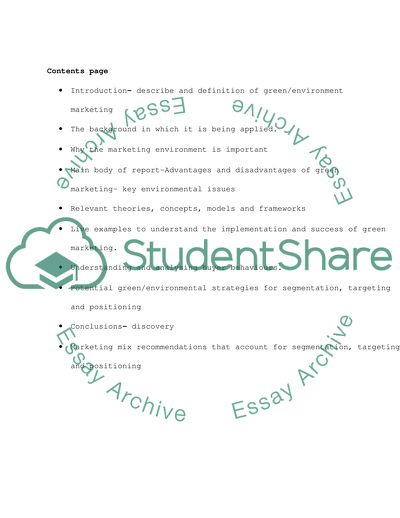Cite this document
(Green Marketing Report Example | Topics and Well Written Essays - 2750 words - 9, n.d.)
Green Marketing Report Example | Topics and Well Written Essays - 2750 words - 9. https://studentshare.org/marketing/1704110-marketing
Green Marketing Report Example | Topics and Well Written Essays - 2750 words - 9. https://studentshare.org/marketing/1704110-marketing
(Green Marketing Report Example | Topics and Well Written Essays - 2750 Words - 9)
Green Marketing Report Example | Topics and Well Written Essays - 2750 Words - 9. https://studentshare.org/marketing/1704110-marketing.
Green Marketing Report Example | Topics and Well Written Essays - 2750 Words - 9. https://studentshare.org/marketing/1704110-marketing.
“Green Marketing Report Example | Topics and Well Written Essays - 2750 Words - 9”. https://studentshare.org/marketing/1704110-marketing.


